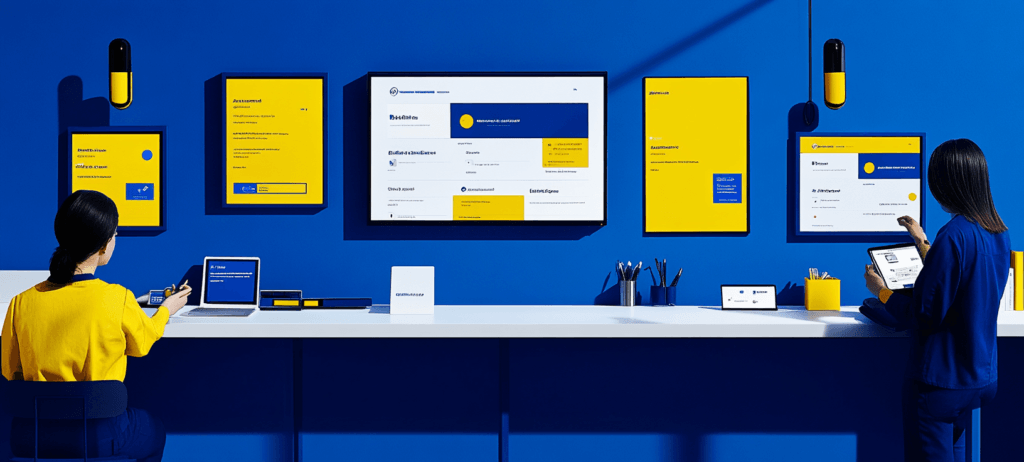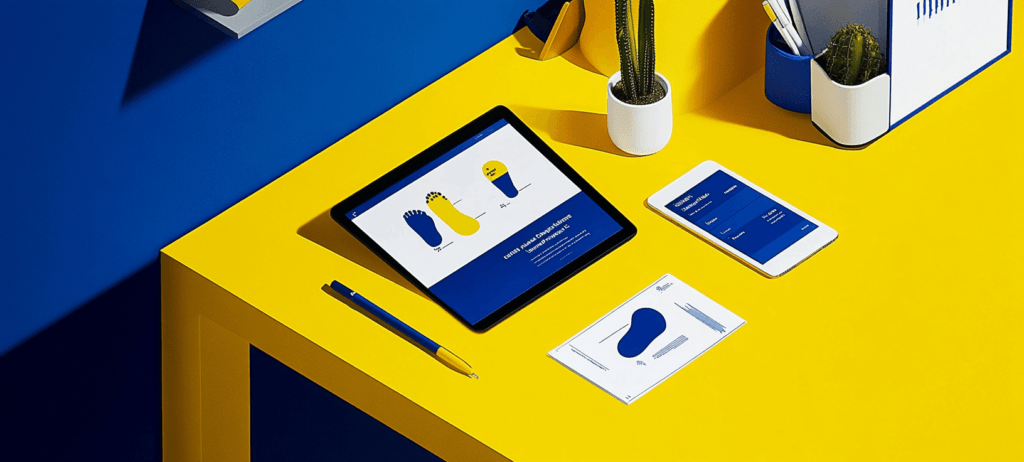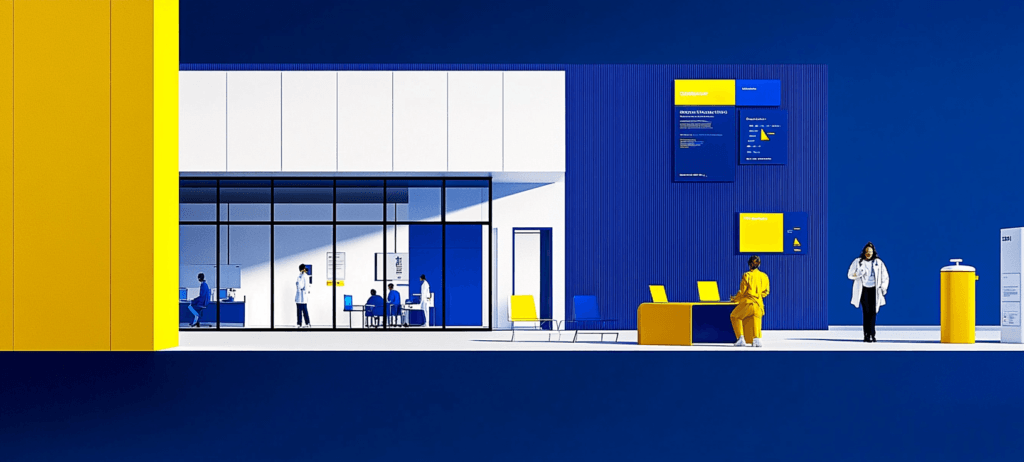- Home
- Blog
- Content Marketing
- How to Create Inclusive Content That Everyone Will Want to Read
How to Create Inclusive Content That Everyone Will Want to Read
-
 Published: Aug 9, 2024
Published: Aug 9, 2024
-
 6 min. read
6 min. read
-
 Macy Storm
Macy Storm Content Marketing Consultant
Content Marketing Consultant
- Macy is a content marketing consultant with over five years of experience creating content for dozens of industries including home services, recreation, and education. She’s written about every marketing topic under the sun, from SEO to AI to email marketing. Her work has been featured by Search Engine Journal, HubSpot, Entrepreneur, Clutch, and more. In her free time, Macy enjoys crafting, reading comic books, and walking her dog Daisy.
Creating inclusive content allows you to connect with people from any background. Speaking to different age groups, ethnicities, and genders expands your horizons and target market. Creating inclusive content is an easy and effective way to build your marketing and brand awareness.
On this page, we’ll go through the basics of inclusive content and explain some methods for including it on your website. Keep reading to learn more!
Need help creating inclusive content? We have a team of 100+ specialized content writers that know how to create inclusive content for any industry. Contact us today to discover how we can help!
What is inclusive content marketing?
Inclusive content is content that’s available, accessible, and relatable to people of varying backgrounds. There are no exclusions in inclusive content marketing — it is for everyone and anyone, regardless of who they are.
Within digital marketing, the assets you and your team create are the content. These could be blog posts, explainer videos, or any other form of content. You need to make these inclusive, so anyone can engage, interact, and understand your content.
The truth is, you do not know who might be accessing your content at any moment. Anyone can access your content, even if you know your target audience skews in a particular direction, such as a certain gender or education level.
Anyone could be an audience member for your industry. To reach those people, you need to show that you are taking steps to include them in the conversation.
3 ways to be inclusive in your marketing and digital presence
It’s essential to consider all the different strategies you can use to be more welcoming to your audience. Here are three ways you can help create more inclusive content:
1. Word choice
Whether you’re producing a blog or a service page, language plays a significant role in your audience’s feelings toward your brand.
Your goal should be to use positive language that describes more than just your product or service — you also need to use positive language about people. Below are some ways to accomplish this.
Use person-first language
In many instances, you should try to use person-forward descriptions. Some examples would be “person of color” or “a person with an anxiety disorder” instead of the more outdated forms of these phrases.
Ask for clarity
In some instances, certain groups may not prefer person-first language for specific reasons. For example, many people with physical or cognitive disabilities preferred “disabled person” over “person with a disability.”
That’s why it’s always important to ask for clarity, to ensure you’re creating inclusive content.
If you have a trusted resource you can turn to for clarity, make sure you run things past them to see what they think about your phrasing. You can also search around online and look at forums to see what the general populace says about addressing certain topics.
2. Website accessibility
Your website should be accessible for all people, regardless of whether they have physical or cognitive disabilities. You can start by following the ADA’s guidelines for accessibility. However, it’s important to go as far as possible to exceed those standards and be inclusive for as many people as possible.
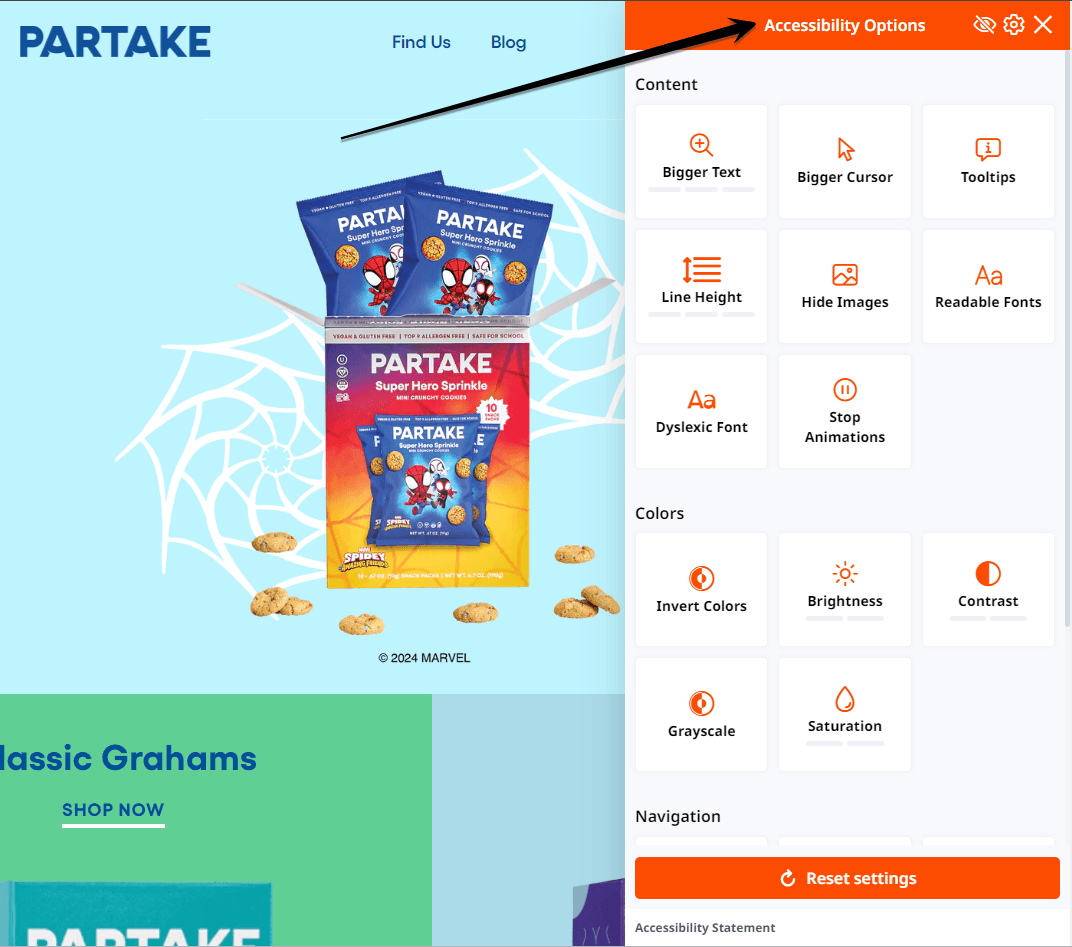
Website accessibility provides better connections with your audience — and it improves search engine optimization (SEO). Search engines like Google like accessible websites because they provide a good user experience. A good user experience translates to higher rankings in search results.
Increasing web accessibility means incorporating the following:
Alt text and video captions
People might use screen readers to access content on your website. Alt text for images helps those readers accurately describe what the picture looks like. Keep it relevant and free from keyword stuffing.
You should also include captions on videos. Closed captions help provide context for people as they watch your videos, making the content more accessible for viewers.

Reading level
When you can, use simple language. Create content with clear, concise language and sentence structure to be accessible to people with learning or cognitive disabilities, lower education levels, or less familiarity with your industry.
The average American reads at the 7th to 8th grade level, which means creating jargon-filled pages of text won’t be accessible for the average American. Keeping your content simple and easy to read ensure it’s accessible to anyone at any reading or education level.
You can use a tool like Hemingway Editor to check your content’s reading level. It will give you an approximate reading level and highlight areas for improvement.
Color scheme
Another area for website accessibility is the color scheme. Your background color and fonts should contrast with each other. The same goes for on-site content itself, such as infographics or charts.
People with color blindness are one specific group that benefits from a cohesive, contrasting color scheme. However, everyone truly benefits from it. It’s easier to read black text on a white background than to read black text on a navy blue background.
Being selective and thoughtful with what colors you use and how you use them will create
Read Next: The Definitive Website Accessibility Checklist
3. Images, video, and other visual media
The visual media you’re posting can say a lot. Images and videos should reflect a diverse population, regardless of your target audience. Your visual media should include people of color, disabled and able bodies, all genders and ages, and body sizes.
Target is a great example of using diverse representation in their media. They often use models of different ethnicities, appearances, and abilities to showcase their products.
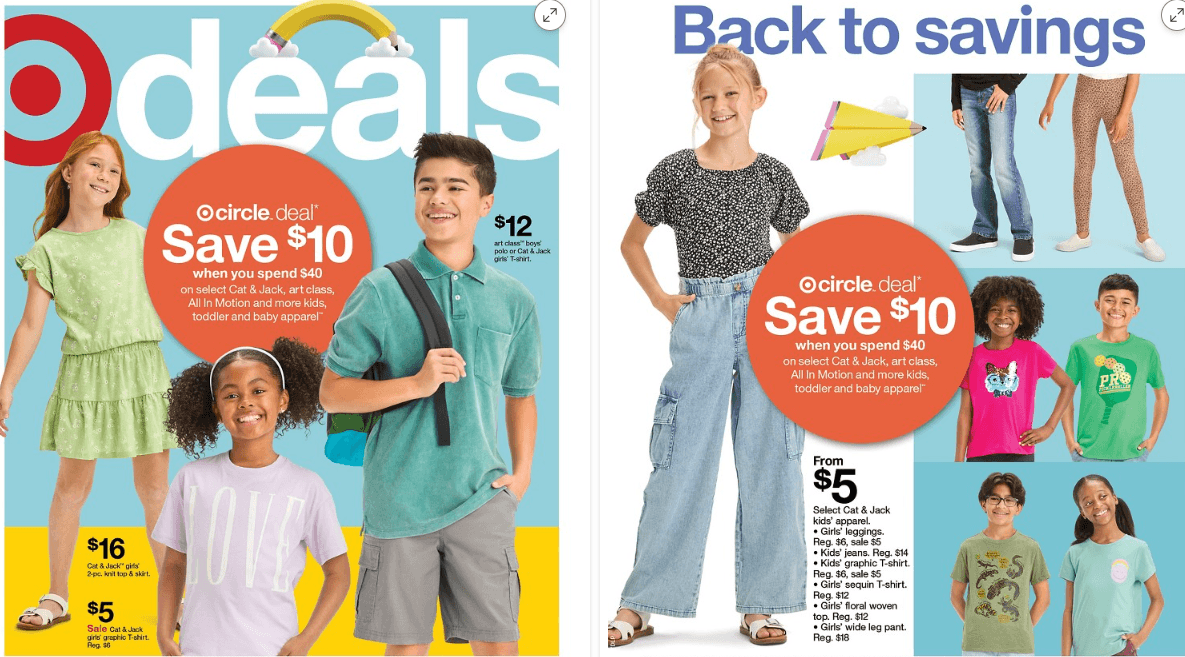
Even if you think these things don’t particularly matter to your industry, your audience might not agree. Representation is important and is fundamental to creating a strong connection with your audience.
What are the benefits of inclusive content?
Inclusive content offers numerous benefits for your business. Some specific advantages include:
- Reaching a larger target audience
- Helping you represent your dedication to diversity and inclusion
- Increasing sales from numerous client types
- Highlighting your commitment to learning and changing
Develop diverse and inclusive content with WebFX
Are you ready to create inclusive content for your website? With content marketing services from WebFX, you’ll get diverse content created with inclusivity in mind. From blog posts to videos, we can create a diverse portfolio of content to meet the diverse needs of your audience.
Not to mention, we also offer ADA and Section 508 compliance services to help ensure your website is legally accessible for those with disabilities.
Contact us online today or call 888-601-5359 to start creating inclusive content!
-
 Macy is a content marketing consultant with over five years of experience creating content for dozens of industries including home services, recreation, and education. She’s written about every marketing topic under the sun, from SEO to AI to email marketing. Her work has been featured by Search Engine Journal, HubSpot, Entrepreneur, Clutch, and more. In her free time, Macy enjoys crafting, reading comic books, and walking her dog Daisy.
Macy is a content marketing consultant with over five years of experience creating content for dozens of industries including home services, recreation, and education. She’s written about every marketing topic under the sun, from SEO to AI to email marketing. Her work has been featured by Search Engine Journal, HubSpot, Entrepreneur, Clutch, and more. In her free time, Macy enjoys crafting, reading comic books, and walking her dog Daisy. -

WebFX is a full-service marketing agency with 1,100+ client reviews and a 4.9-star rating on Clutch! Find out how our expert team and revenue-accelerating tech can drive results for you! Learn more
Try our free Marketing Calculator
Craft a tailored online marketing strategy! Utilize our free Internet marketing calculator for a custom plan based on your location, reach, timeframe, and budget.
Plan Your Marketing Budget

Looking for More?
Get expert ideas, industry updates, case studies, and more straight to your inbox to help you level up and get ahead.
"*" indicates required fields

Proven Marketing Strategies
Try our free Marketing Calculator
Craft a tailored online marketing strategy! Utilize our free Internet marketing calculator for a custom plan based on your location, reach, timeframe, and budget.
Plan Your Marketing Budget


